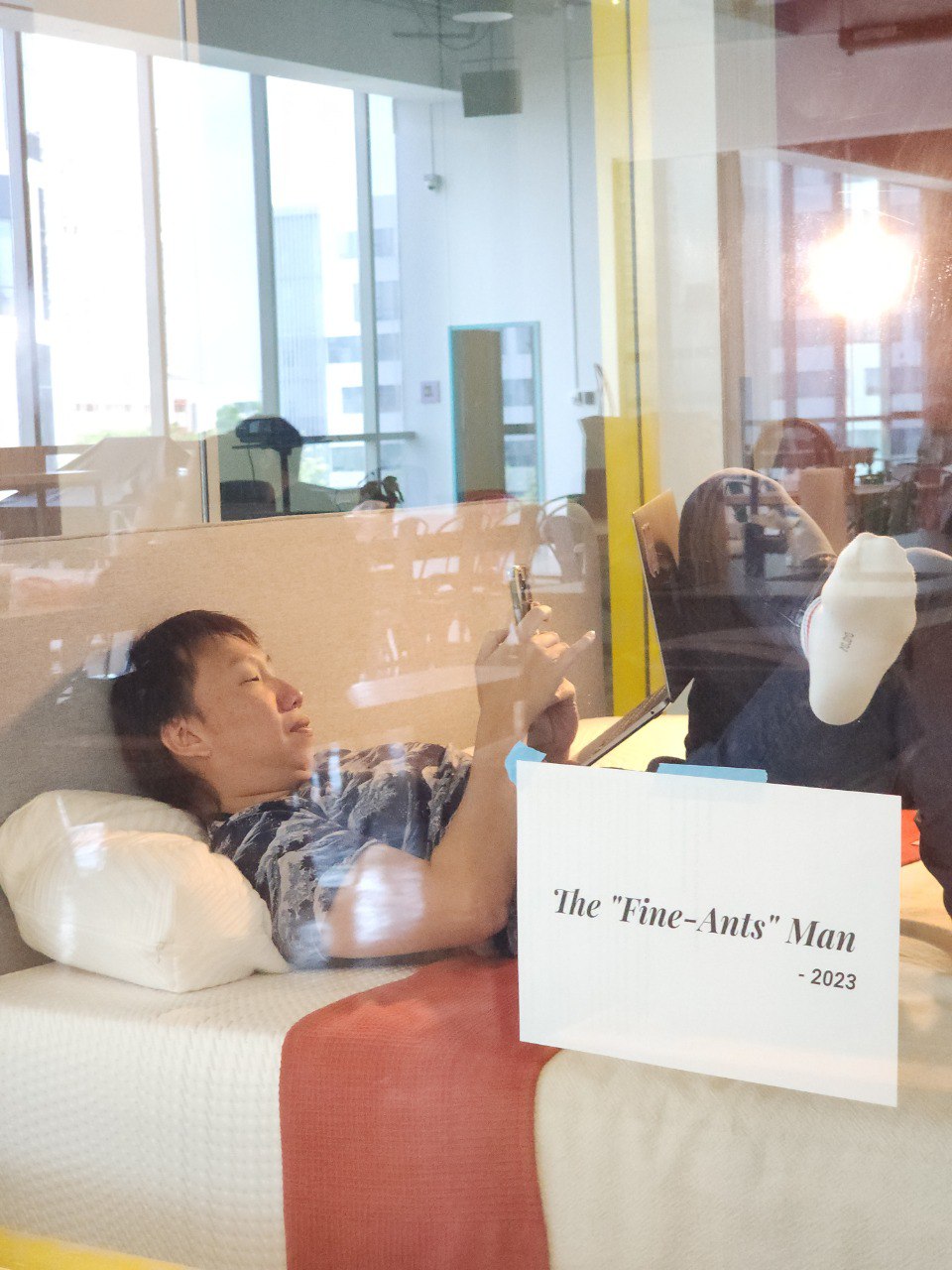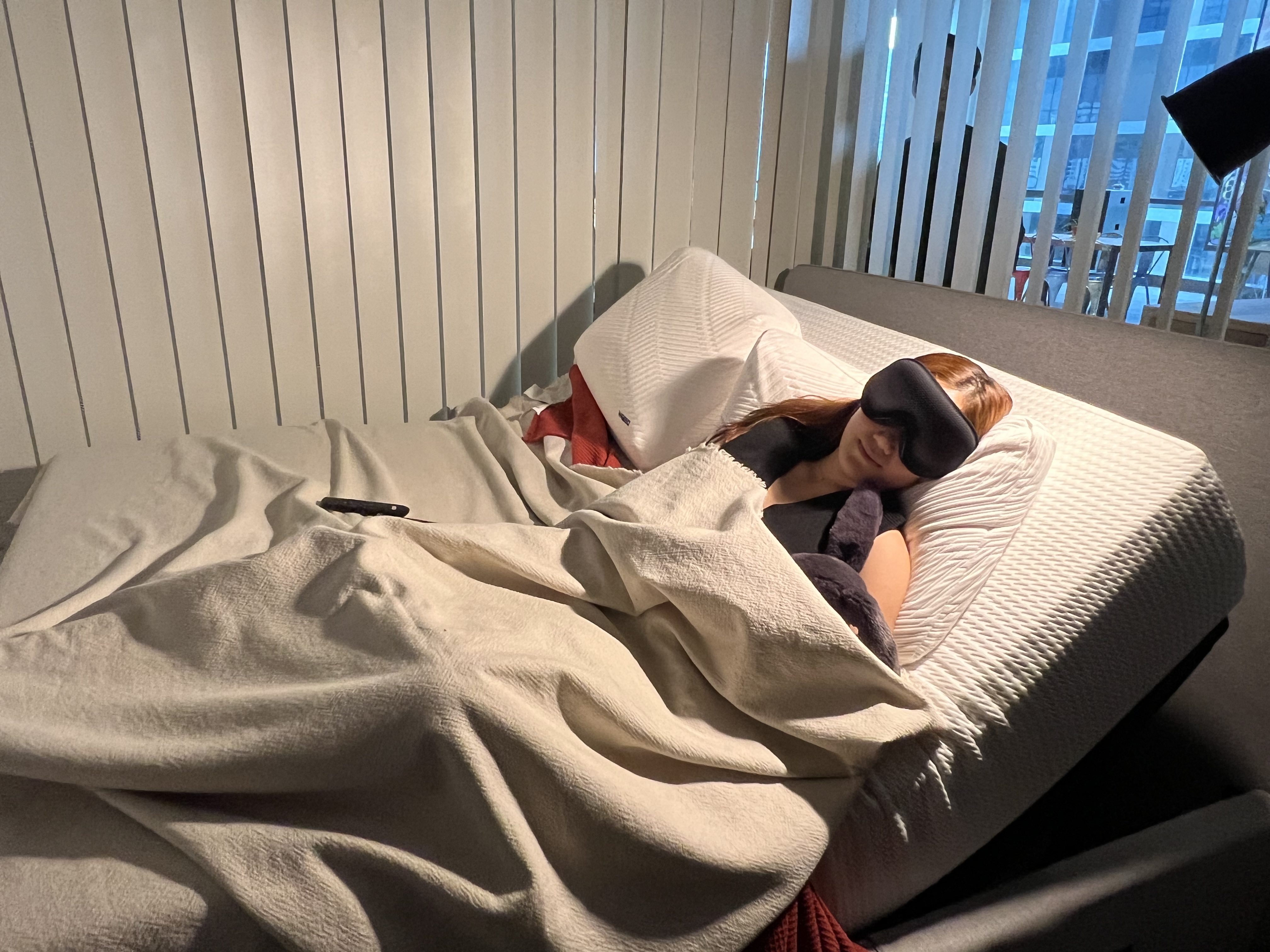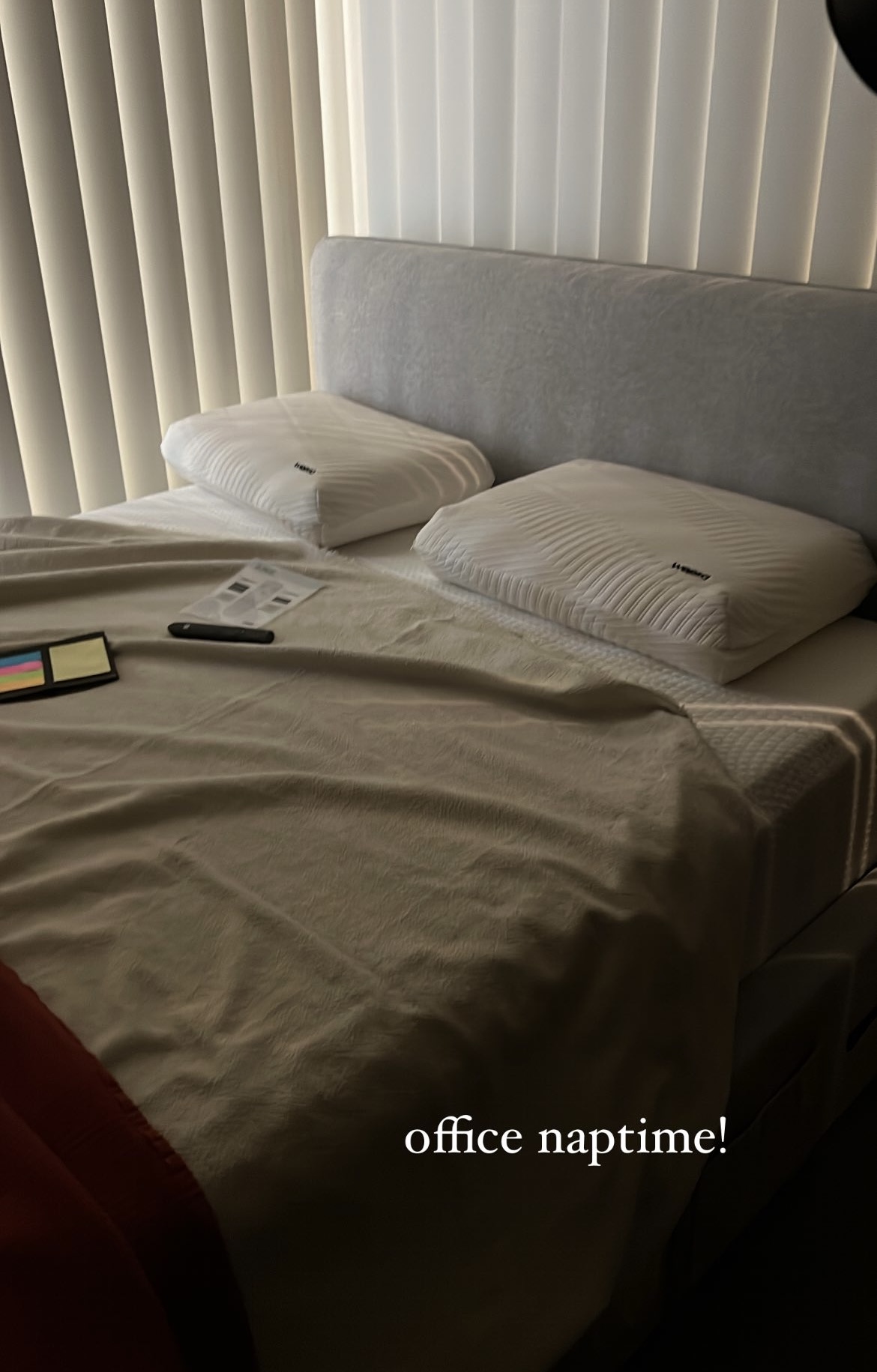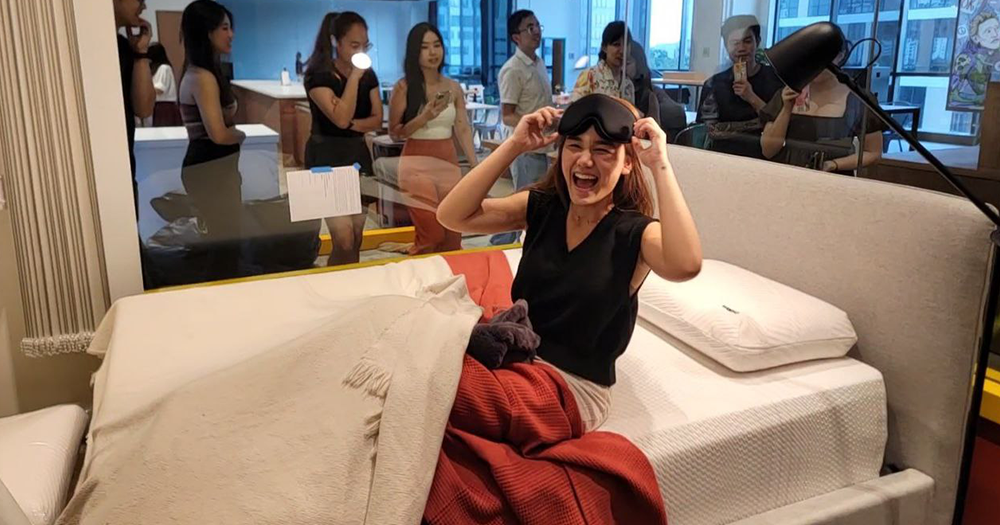I love sleep.
Sure, everyone says that — but I really, really love sleep. So much so that getting eight hours a night is something I’m almost religious about. Even if it means sleeping at 10:30pm.
Through sheer willpower and no small amount of sacrifice (social life what?), I’ve managed to keep my eight-hour rule through all my years of school, uni, and yes, even work.
But recently, particularly after moving out, it’s become increasingly difficult to get enough sleep.
After work, chores, and whatever exercise I can squeeze in, I barely have time to relax and unwind, let alone have a social life.
As a result, my perfect sleep schedule has taken a bit of a hit.
 The result of an attempt to party the night away, as I did in my uni days. I spent the next day doing my best impression of a zombie.
The result of an attempt to party the night away, as I did in my uni days. I spent the next day doing my best impression of a zombie.
With noticeable effects, too. After a poor night’s sleep, I tend to feel lethargic and under the weather, almost like I’m about to fall sick.
On more than one occasion, I’ve ended up dozing off at my desk, only to wake up to a painful neckache (I’m not as young as I used to be, okay).
You can imagine just how thrilled I was when my colleague informed me that we’d be getting a bed for the office, in hopes of countering the officewide sleep deficit and boosting productivity along the way.
Just temporarily, but hey. You take what you can get.
Testing it out
Being the gentleman (gentlewoman?) I am, I let my teammates try out the bed first.
Unfortunately, the bed proved too popular (ahem, bed-hoggers). We were hence forced to install a sign-up sheet — and a bottle of Febreze, because, you know, hygiene.
“The office may be too comfortable,” one colleague commented.
 Our finance guy. Clearly, he’s been there long enough.
Our finance guy. Clearly, he’s been there long enough.
Once order was restored, I was able to gather feedback from two of our most heavily caffeinated employees: Alfie and Hannah.
Being chronically sleep-deprived, they willingly agreed to participate, even turning up with props like a sleep mask and a stuffed toy.
“Dude, any excuse to f—ing sleep,” Hannah said. “Can I come in my pyjamas?”
For Alfie, the adjustable base was a particular hit. With positions like TV, Anti-Snore, and Zero Gravity — all attainable with the press of a remote-control button — it felt almost too luxurious to be true.

After some deliberation, she decided to take her nap in the TV position: with her torso elevated. “I love this actually. It’s perfect for watching TV at home, without having to stack up a bunch of pillows,” she said.
She added that falling asleep was easier in this position, and it felt more comfortable.
The mattress was a win as well. “It’s quite soft but solid, so you don’t feel like you’re sinking into it.”
And the pillows? “Honestly my favourite part,” she gushed.
 Alfie, enjoying the Woosa in the “TV” position. Unfortunately, sans TV.
Alfie, enjoying the Woosa in the “TV” position. Unfortunately, sans TV.
Hannah, on the other hand, preferred the bed au naturale, in a flat position with none of the fancy fixings.
But she was nonetheless impressed with it. “The mattress is super comfy,” she said. “I’m a side sleeper, and sometimes when I sleep on a bad mattress, my shoulder feels wonky.
“But with this one, I could feel my body melting into the mattress.”
 Hannah, pictured melting into the mattress.
Hannah, pictured melting into the mattress.
You can also create your own positions, if you’re so inclined. (The website informs me that the base can account for “nearly unlimited ergonomic head and foot adjustments for the ultimate sleep and lounge experience”.)
And don’t worry about noise. Thanks to Woosa’s German hydraulics, the adjustment process is very nearly soundless.
So you can adjust the bed to your heart’s content.
Office nap, anyone?
But is napping in the office actually a good idea?
My colleagues had waxed poetic about the benefits of a midday office nap. But being the sceptic I am, I decided to put it to the test myself.
My main concerns: whether I’d be able to fall asleep in the first place, and whether a nap would actually make me feel more alert and productive.
After closing the blinds and informing my boss I’d be taking a nap — for work purposes, of course — I settled down for some afternoon shuteye.
 I had to post about it first because if it’s not on Instagram, did it even happen?
I had to post about it first because if it’s not on Instagram, did it even happen?
I have a history of sinus problems, so I adjusted the bed so the head area was slightly elevated. According to the Sleep Foundation, this can help keep your airway open and reduce sleep apnea (and snoring, something which I’m occasionally prone to.)
I also tried the bed’s vibrational massage, which is supposed to help you fall asleep quicker through the rhythmic pulsing sensation.
While it’s not an actual massage per se, it was quite soothing — kind of like that gentle vibration when you’re riding in a bus or car.
It took some time to drift off, and I had to overcome a tinge of guilt about sleeping in the office.
But the bed did its work; before I knew it, my alarm was going off, a sad notice that my 20-minute nap was over.
Apart from needing to adjust to the mercilessly bright lights of the office, the length of the nap meant that I wasn’t too disoriented upon waking up.
In fact, I was energised enough to immediately head back to my desk and start working on this article.
Conclusion
This experience, while short, has been eye-opening for me.
The ability to adjust your bed with a remote control was a privilege I previously believed exclusive to those who either (a) reside in hospitals, or (b) have money to burn.
But Woosa’s surprisingly accessible price tag means that such a bed is a possible acquisition even for the average Singaporean home — a discovery which has rendered my bed at home somewhat vanilla in comparison.
It’s not just a gimmick, either. Sleeping on non-flat surfaces has real benefits, even for those who don’t suffer from snoring or sleep apnea.
For instance, sleeping with your feet elevated — as another colleague opted to do — can reduce tension in the feet and improve blood circulation.
Good news especially for people who suffer from swollen feet, like pregnant women and older adults.
And while this particular bed may be a temporary presence in the office, I’ve now become a strong proponent of an office bed.
The benefits of naps are multifold, even for short ones. According to the US National Sleep Foundation, a 20-minute nap can help your mind and body rest without entering the deeper stages of sleep (which can leave you with that groggy feeling, called sleep inertia, when you wake).
A 30-minute nap also led to better memory recall and superior overall cognition, compared to non-nappers and people who had longer naps.
Personally, while I can’t speak for cognitive ability, I did feel more refreshed and productive after my nap.
And as someone who’s fairly nonfunctional when tired, I’d seriously consider an office nap for a quick pick-me-up on a sleepy afternoon — a much better diversion than what I currently do. Which is snack. A lot.
I could see an office bed being pretty well-utilised, too. Especially since Singaporeans (and particularly my colleagues) are among the most sleep-deprived people in the world.
Maybe it’ll even help us cut down on our caffeine habit.
Promotion till Jul. 31, 2023
From now till Jul. 31, enjoy S$200 off any Woosa mattress with the code MOTHERSHIP when you check out your cart at woosasleep.co.
You can also visit the Woosa Sleep Lab at 1 Tampines North Dr. 1, #07-01 T-Space.
Writing this Woosa-sponsored article made this writer feel sleepy. No surprises there.
If you like what you read, follow us on Facebook, Instagram, Twitter and Telegram to get the latest updates.

